Devon is the third largest county in England, situated in the southwest between the Bristol Channel in the north and the English Channel in the south. It borders Cornwall in the west and Somerset and Dorset in the east. It used to be a Celtic region whose main inhabitants belonged to the Dumnonii tribe and it later became part of the kingdom of Dumnonia. Devon was inhabited and influenced by the Romans only to a limited extent (the Romans had their frontier town of Exeter in Devon, which still preserves much of the original walls) and the west even retained some independence from the English until the reign of King Athelstan (925-939). A few may have accepted Orthodox Christianity as early as the first century from travelers and traders. The faith was renewed by Celtic missionaries (Welsh, Breton, Irish and later natives) between the fourth and the seventh centuries. After the foundation of the Diocese of Sherborne in Dorset in 705, part of Devon came under the control of the Kingdom of Wessex.
The mostly rural county is hilly, rising to the uplands of Exmoor and Dartmoor, with numerous wooded river valleys and a rugged coastline. Devon is famous for its beaches, a long history of mining, its cream teas and ancient traditions and crafts. The unique moorland plateaux of Dartmoor (a former royal forest) and Exmoor were recognized in the mid-twentieth century as national parks: they are fine for grazing by the distinctive species of local pony, sheep and red deer; they were always uncultivated and not settled by humans. Some districts of both national parks are recognized as sites of special scientific interest due to the diversity of their plant species. Saintly men and women—preachers, teachers, hermits, bishops, abbots and abbesses, holy rulers, princes and princesses—carried out their spiritual labors in Devon and today churches, holy wells and monastic ruins bear witness to their presence. Let us now talk about two of the most celebrated saints of Devon: the Holy Hierarch Rumon and the Venerable Martyr Urith.
Saint Rumon of Tavistock
Commemorated August 30/September 12
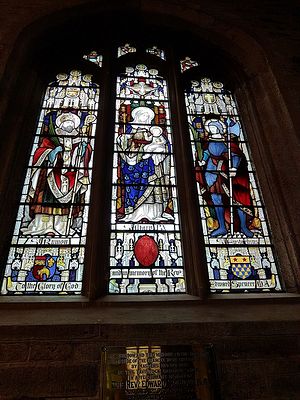 A stained glass window depicting from left to right St. Rumon, Theotokos and St. Eustacius inside Tavistock church, Devon (photo provided by the parish administrator of Tavistock church)
A stained glass window depicting from left to right St. Rumon, Theotokos and St. Eustacius inside Tavistock church, Devon (photo provided by the parish administrator of Tavistock church) The historian William of Malmesbury visited the shrine of St. Rumon in about 1120 but could discern little evidence of his life except that he had been a bishop. A monk from Penryn in Cornwall in the twelfth century compiled a “Life of St. Rumon”, which in fact was a duplication of the Life of St. Ronan—a saint of Brittany—only with some abbreviations and replacing where necessary the name “Ronan” with the name “Rumon”. A medieval source also claims that Rumon was an Irish bishop and hermit who chose to move to Brittany (then “Lesser Britain”) where he led an exemplary ascetic life. This cannot be true as the main labors of his life definitely took place in Dumnonia in Britain. Some modern researchers like Doble suggest that Rumon was a monk of the Glastonbury Monastery in Somerset (where a small portion of his relics was later kept) and founded monasteries in the Lizard Peninsula in Cornwall. Whatever the truth, this saint is still remembered and venerated in Brittany, Devon, Cornwall, Somerset (especially Glastonbury), western and eastern England (even as far away as Norwich and Ramsey) and is venerated by some Orthodox Christians today.
It was recorded that his relics were translated from the early Celtic monastery of Ruan Lanihorne in Cornwall, the earliest center of his veneration, to Tavistock (now a market town in west Devon on the edge of the Dartmoor national park) in 981 by Ordulph, Earl of Devon and Cornwall, who in the same year established a monastery in honor of the Mother of God and St. Rumon in that town. This became the greatest center of the saint’s veneration from that time on, attracting thousands of pilgrims coming to his miracle-working relics for healing and consolation. Although it was looted and ravaged by the Danes in 997, it was rapidly rebuilt to its former glory. Tavistock Monastery in the Middle Ages became the second wealthiest monastery in Devon. However, portions of Rumon’s relics (including his head) were distributed to other sites and regions, Brittany in particular. From 1114 an annual three-day fair in honour of St. Rumon was held in Tavistock for many centuries: it survives in a somewhat different form to this day. So Tavistock remained an important religious and trading center of the region, with its ample tin deposits, copper, lead, silver and tin mines in the neighborhood.
In about 1538 the huge Monastery of the Holy Mother of God and St. Rumon in Tavistock was dissolved during the Reformation, the bejeweled shrine of Rumon was smashed by the iconoclasts, and the main monastery church was demolished. However, some non-ecclesiastical buildings from the former Saxon monastery fully or partly survive to this day and can be found in the center of the town—they include the former refectory, the gateways and the porch. These stand in the grounds of the large and magnificent St. Eustachius (namely St. Eustacius Placidus the Great Soldier-Martyr: commemorated on October 3 in Orthodoxy) parish church, where our saint is commemorated. Notably, he is depicted on two stained glass windows inside the temple—on one of them together with the Great-martyr Eustacius (there is even a Greek icon of the latter in this Anglican church). The monastery once lay to the south of the church. The church was first mentioned in 1265 and the present edifice was finished and consecrated in 1318.
Later in the same century it fell into disrepair and was partially reconstructed in the Perpendicular style—a typical “English” style of Gothic characterized by broad arches, elaborate fan vaulting, and large windows with vertical tracery. Notably, St. Eustachius’ was never part of the monastery and was built by the monastic community for the townsfolk. The splendor of this church is seen in its numerous old monuments, fine stained glass windows, intricately carved bench ends and the fifteenth-century font. Interestingly, it is believed that Sir Francis Drake (1540/42-1596), the famous English sailor who helped defeat the Armada and was the first Englishman to circumnavigate the globe, was baptized in this very font of St. Eustachius. In the churchyard there is a tree with an accompanying curious plate describing it as "a true descendant (by budding) of the original Holy Thorn of Glastonbury", which according to legend was planted by St. Joseph of Arimathea (source: A History of Tavistock Parish Church, page 4). The local guide book also mentions that the holy remains of St. Rumon are believed to lie some feet below the swirling traffic of the town’s Betford Square.
On Abbey Place in the town stands what once was the abbot’s hall of the monastery. Today it is called “the Abbey Chapel” and it has held Presbyterian services since the 1690s. Not far from the church is the ruined ancient and mysterious “Betsy Grimball’s Tower” which belonged to the monastery. Apart from this, Tavistock boasts an infant school in honor of St. Rumon and an ancient holy well dedicated to some “St. John”, tucked into a hill within a public park on the bank of the local River Tavy. Although in England “St. John” usually refers to either St. John the Baptist or St. John the Divine (according to the Orthodox name, John the Theologian), this time the patron is a local medieval abbey monk who perhaps lived on the spot as a recluse with the blessing of the monastery.
The village of Romansleigh lies in north Devon. The local fourteenth-century parish church is dedicated to St. Rumon, the settlement’s heavenly patron. The village also has a holy well dedicated to our saint, although it is in a secluded location. The well-chamber’s fabric is mostly medieval with several twentieth-century additions, while the well itself was re-consecrated by the Anglican bishop not long ago for the baptism of children.
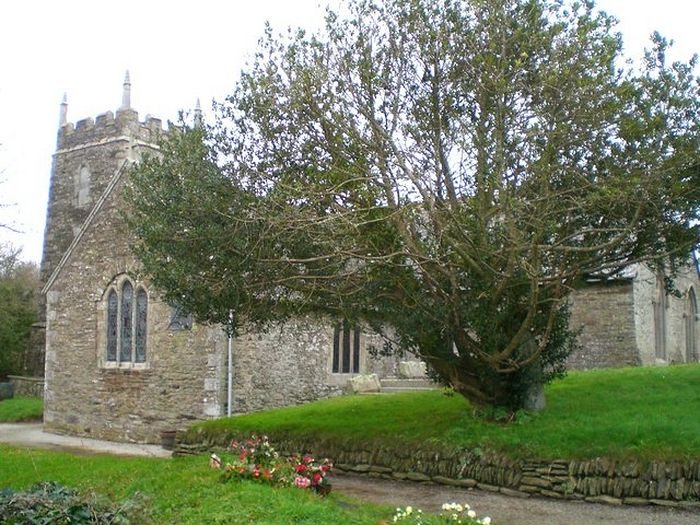 The parish Church of St. Rumon in Ruan Lanihorne, Cornwall
The parish Church of St. Rumon in Ruan Lanihorne, Cornwall Outside Devon, Rumon has been venerated and loved in Cornwall, especially in the places where he built churches and monasteries and where his holy relics earlier rested at some points. The parish church in honor of St. Rumon has stood in the village of Ruan Lanihorne in south Cornwall since 1321. The hamlet lies in a wooded area between the River Fall and its small tributary the River Ruan. The granite church has a chancel, a nave, a north aisle and a south transept. The south transept comprises an early tomb which commemorates an early priest or maybe Rumon himself.
The Lizard Peninsula (which is in fact a promontory) of the extreme southwest of Cornwall has a civil parish called Grade-Ruan that comprises several idyllic hamlets, two of which have St. Rumon as their patron: These are Ruan Major and Ruan Minor. The St. Rumon’s Church in Ruan Major is now in ruins: the medieval church in this very secluded location began to decay in the twentieth century so it was decided to close it. Its roof was removed and valuable items in the interior, like the font, taken to other churches. Now only the walls, the tower, a set of the east stained glass windows along with sections of the floor survive from the church, which is nevertheless visited to this day. The coastal hamlet of Ruan Minor has a tiny church of St. Rumon. It originated as a chapel and the present building dates back to the fourteenth and fifteenth centuries. Its Romanesque elements are the font and the piscina [a stone basin near the altar in Catholic and pre-Reformation church buildings for draining water used in the Mass].
Between the two neighboring villages of Ruan Minor and Cadgwith is hidden an ancient treasure: the holy well of St. Rumon, sitting on the edge of a field, which has been used for healing and baptisms from ancient times. This well is in very good condition, unlike most other medieval holy wells, and it is still visited by pilgrims and looked after. Candles are provided to pilgrims at the well-house, and various offerings along with icons can at times be seen. The town of Redruth in west Cornwall has gardens known as St. Rumon’s Gardens. Thus an ancient tradition that this saint established a church or a monastery on this site is confirmed. However the local patron saint in Redruth is St. Euny to whom the parish church is dedicated. There are a number of other localities in Cornwall which contain “Ruan” in their names, thus keeping the memory of our saint. Among them are Polruan, St. Ruan and Ruan High Lanes.
Venerable Martyr Urith of Chittlehampton
Commemorated July 8/21
St. Urith (Uritha, Hieritha), a holy virgin and martyr of Devon, lived most probably in the sixth century, though some suggest the seventh or the early eighth century. It is traditionally believed that young Urith took up monasticism and led a holy life in chastity in Devon on the site of the present-day Chittlehampton (meaning “farm of dwellers in the hollow”)—a picturesque and tranquil village, set in the north Devon countryside, amid hills and valleys. She was most likely slain by pagan Saxons who at that time were invading much of Britain. According to a late legend, the holy maiden was born in the area of East Stowford in Devon, was a devout Christian who spent all her time in prayer and even built a small church. But, at the instigation of her wicked stepmother who was a pagan the pious girl was killed by local inhabitants—namely she was beheaded with a scythe.
Despite the conflicting versions of the form of her martyrdom, there is a firm tradition that immediately after the saint’s death a holy spring gushed forth on the same site in the drought-ridden soil and flowers (scarlet pimpernels) began to blossom. The saintly virgin was buried in Chittlehampton and a church was erected above her grave. Every year a great many pilgrims visited the wonderworking relics and the holy well of St. Urith in Chittlehampton. Miraculous healings were performed, and people brought generous donations with them. This contributed to the appearance of the very tall, massive bell tower of the Chittlehampton church and the church itself was considerably enlarged, which is quite unusual for a small village.
Urith became one of the most celebrated saints of all Devon, believers from far and wide hastened to visit her shrine on her feast-day, and “Urith” became a popular feminine name in Devon. Love for Urith was such that her relics were annually taken from Chittlehampton and visited many neighboring parishes for veneration by all. The veneration of our saint continued through the “Age of Saints” and the Middle Ages, but was officially suppressed by the sixteenth-century Reformation, However her veneration among the pious has never ceased.
Before the Reformation the shrine with St. Urith’s relics stood in a small chapel in the north of the chancel of the present-day church of St. Hieritha in Chittlehampton where her image was originally located. There is a tradition which has been maintained in the parish church that Urith’s relics were not destroyed during the Reformation, but instead were hidden under a very tall stone slab approximately on the site of the original chapel. It is quite possible because due to the remoteness of the site the representatives of Henry VIII could have overlooked the relics in this church, although her statue was then removed. Her body still may lie under the church floor, a long way below the slab that covers it. The grave slab—symbolic tomb—of St. Urith is in an alcove to the north side of the altar inside the church. It is actually behind a pillar with the saint’s name painted on it. The gravestone is believed to belong to another person of local importance, not to St. Urith; as the author N. Mayhew Smith suggests, perhaps it was used as a “decoy” by locals in order to mislead the “reformers” and save the relics.
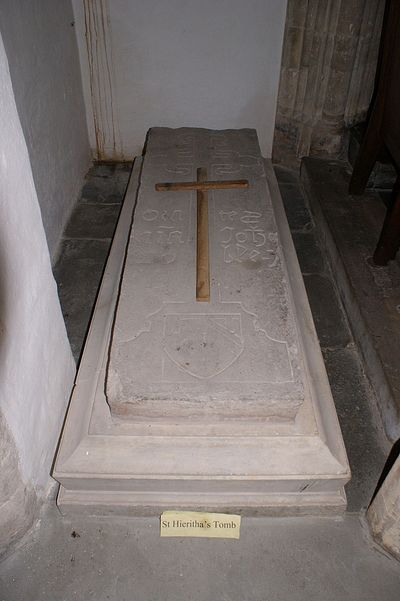 St. Urith's tomb inside the Chittlehampton church, Devon (photo provided by the vicar of Chittlehampton)
St. Urith's tomb inside the Chittlehampton church, Devon (photo provided by the vicar of Chittlehampton)
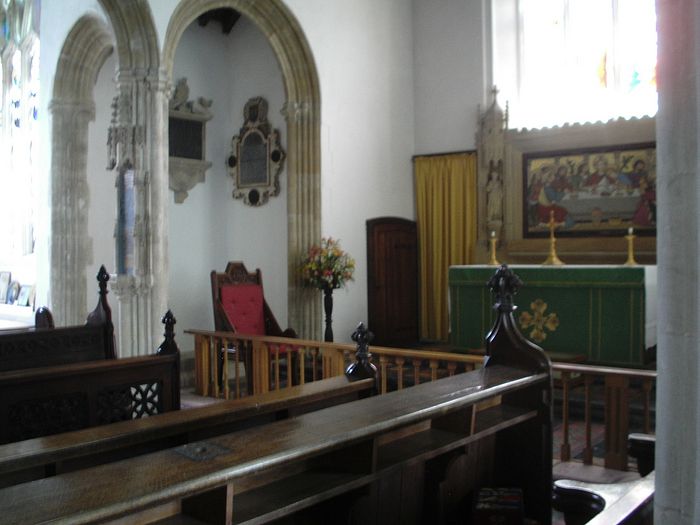 Altar and tomb in the alcove of Chittlehampton church, Devon (photo provided by the vicar of Chittlehampton)
Altar and tomb in the alcove of Chittlehampton church, Devon (photo provided by the vicar of Chittlehampton) If the story of the martyr’s physical presence in this church is true, then she is in a very select company of just a few early English saints whose relics lie practically undisturbed in their respective resting-places. Besides, the church notably has a pulpit dating to about 1500 and containing an ancient stone carved figure of this saint, who holds a palm branch as a sign of the martyrs and a rock as the foundation of the Holy Church.
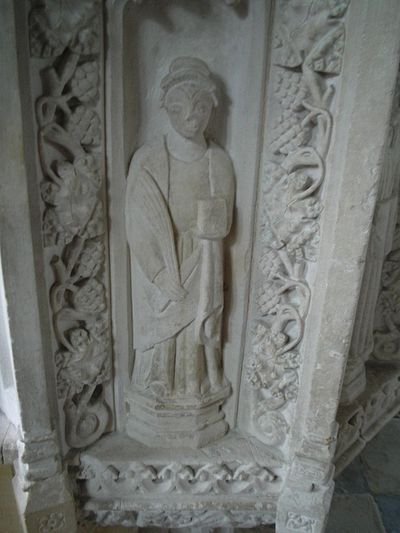 The pulpit carving of St. Urith inside Chittlehampton church, Devon (photo provided by the vicar of Chittlehampton)
The pulpit carving of St. Urith inside Chittlehampton church, Devon (photo provided by the vicar of Chittlehampton)
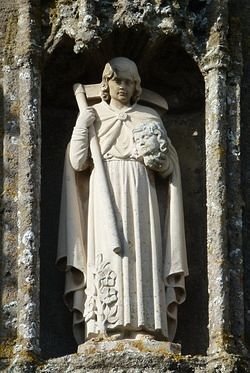 The tower statue of St. Urith, the Chittlehampton church, Devon (photo provided by the vicar of Chittlehampton)
The tower statue of St. Urith, the Chittlehampton church, Devon (photo provided by the vicar of Chittlehampton) St. Hieritha’s (Urith’s) holy well on the eastern edge of Chittlehampton still exists. This spring is already 1,500 years old and it was formerly covered by a chapel. It is known locally as “St. Teara’s well”, the name given to a row of cottages near it. From ancient times it was famous for curing eye diseases. The waters of this well are now annually blessed again, as it was before the Reformation. As wrote Revd. J. H. B. Andrews, the late vicar of Chittlehampton in the second half of the twentieth century, in his article dedicated to the well: “The well has a volume of more than two cubic meters and if it is emptied it fills up overnight, and the water is still pure and sweet and of course cold.”
Every year, on the Sunday nearest to July 8 (her feast according to the old calendar), the morning church service begins by the people processing from the church to the well (about five minutes walk), where the glass cover is lifted, and water drawn from it. The vicar prays for God’s blessing on the water, and the people are given a sign of the cross on their foreheads, using the blessed water. A hymn is sung by the people, based on an ancient poem from Glastonbury from around 1429. The text of the hymn is as follows (given with the kind permission of the local vicar):
Daily the morning’s rays
tell out to God his praise,
and freshly shine on Urith’s holy fame
‘twas here her maiden dower
grew fragrant like a flower,
and here her faith burned steady as a flame.
This was the favored scene
of that resolve serene,
her infant vow to live for God alone;
to tread the Savior's way,
so by His cross to lay
an offering pure upon his altar-throne.
Christ was her hope and shield!
No dread could make her yield;
she moved untainted by the world's alloy.
When scythe of pagan wild
mowed down the fearless child,
her life sped heav'nward with its hidden joy.
No vengeful thoughts draw near
that soul, to God so dear,
who only to his call of love aspires;
her one desired reward
to greet the eternal Lord,
and chant His glory with winged choirs.
There where the maiden fell
gushed forth a healing well.
A stream of pardon for her kinsfolk's hate;
and there the parched earth
bore flowers to hide it's dearth.
Fair tributes to her faith inviolate.
Sing, Chittlehampton, sing;
Let all Devon's meadows ring
with holy gladness for our saint's renown!
And thou, blest maiden, pray
that we in this your day
may bear our cross and win our heavenly crown.
When the procession to the well is made, there is a prayer sometimes used, referred to as the “collect” for the day:
Almighty and everlasting God,
who didst adorn Saint Urith
with the angelic joys of virginity and martyrdom,
grant to us Thy servants that,
by her merits and intercessions,
we may be worthy to attain to
the eternal joys of heaven,
through Christ our Lord.
(As St. Hieritha’s Church belongs to the Church of England, they address their prayers to God the Father, in the Name of Jesus Christ, sometimes referring to the saints as examples they might wish to follow).
Some girls in Devon are called and baptized with the name “Urith” even nowadays. There is a sixteenth-century stained glass window depicting St. Urith in the parish church of the Virgin Mary in the village of Nettlecombe in Somerset. According to the mentioned Reverend Andrews’ information, “She also appears on the font of North Molton nearby and on the rood screens of Ashton and Bere Ferrers. On the Hennock rood screen she is accompanied by St. Sidwell (Sativola) to whom a similar legend applies. The church at Lanteglos, Cornwall is thought by one authority to be dedicated to her rather than to St. Julitta.”
We hope and pray that regular Orthodox pilgrimages to this important and nearly-unspoiled shrine in the midst of Devon’s rolling countryside will resume one day in the near future.
Holy Father Rumon and Holy Virgin-Martyr Urith of Devon, pray to God for us!

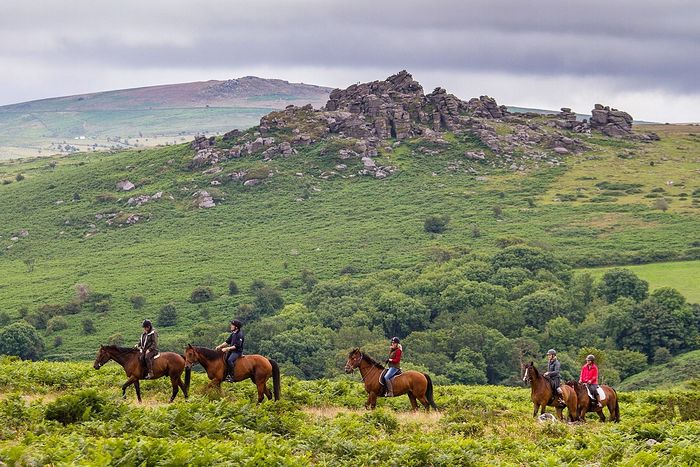
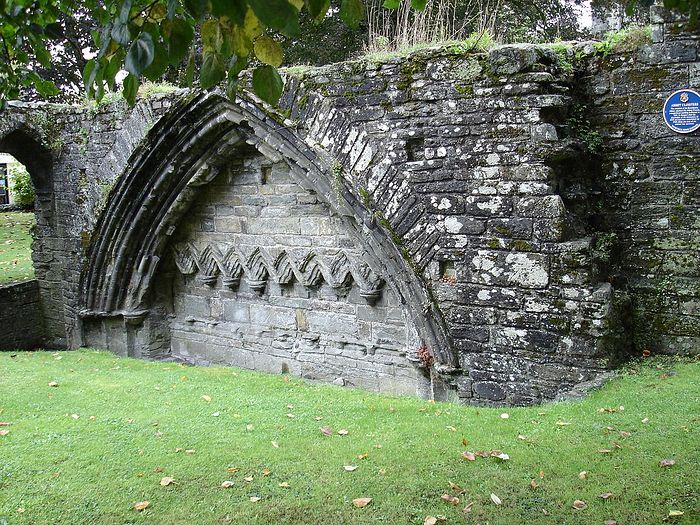
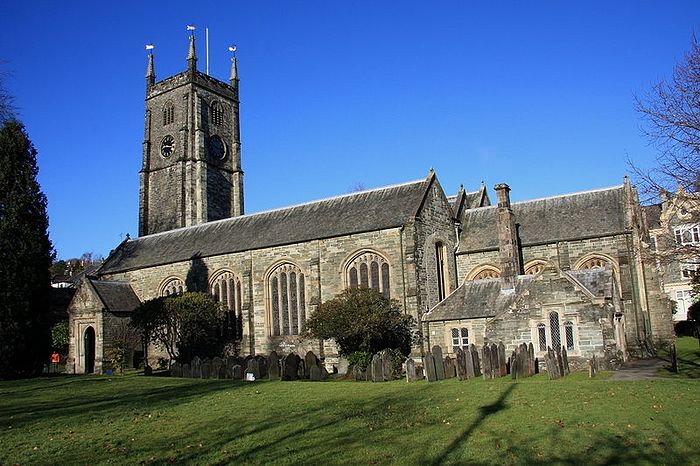
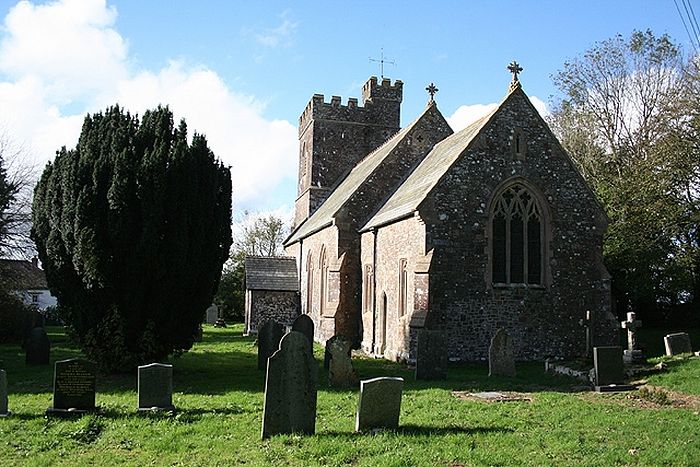
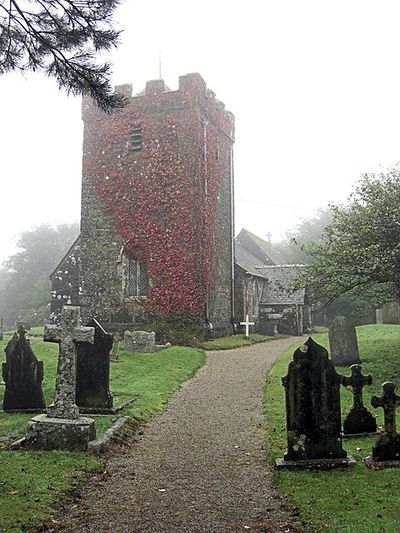
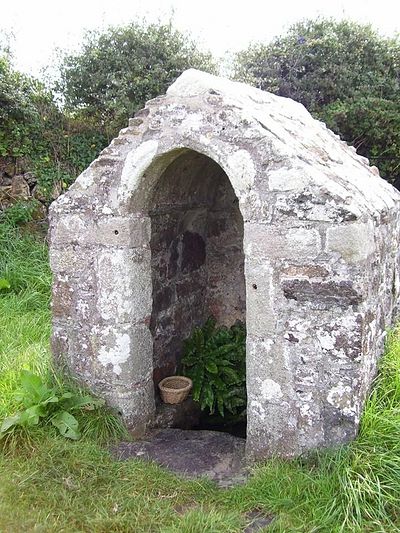
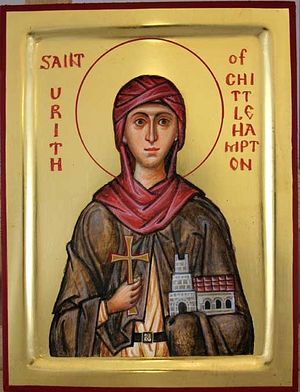
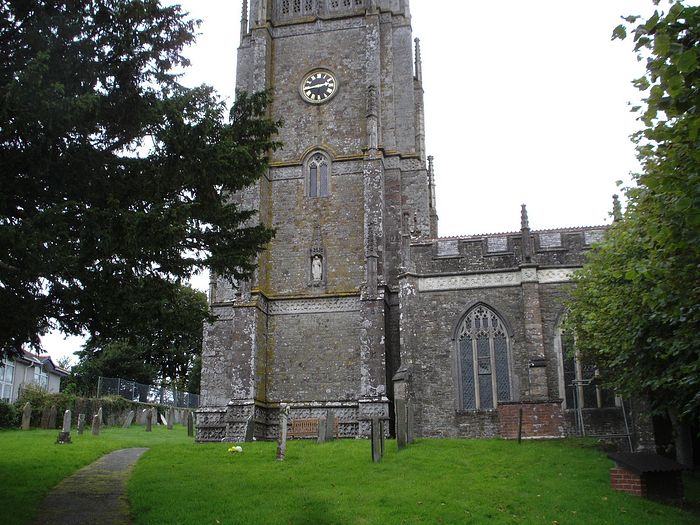
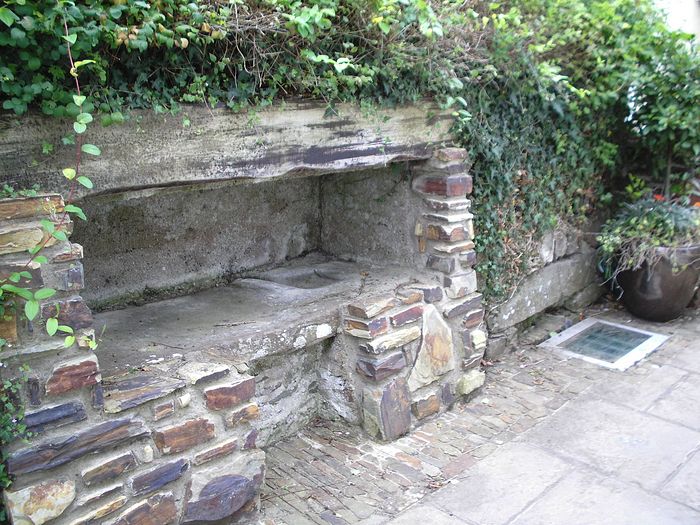
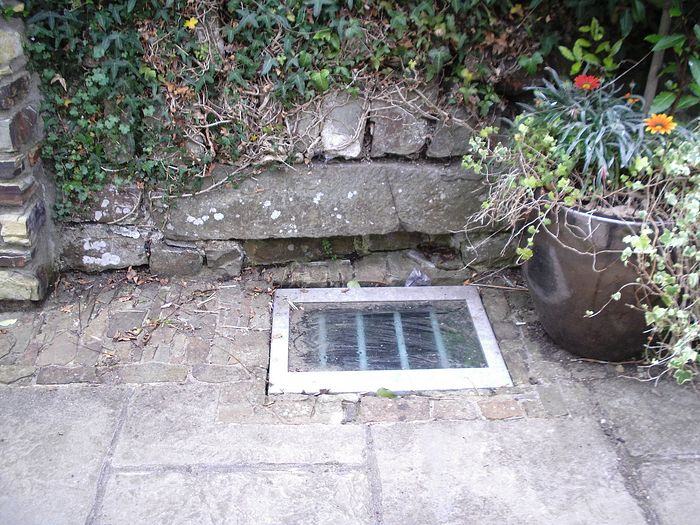
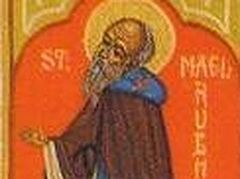
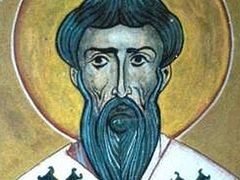
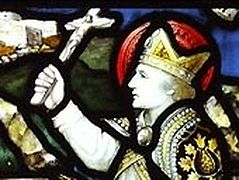
http://www.pravoslavie.ru/sas/image/102730/273050.p.jpg
Thank you so much for this comment and an earlier comment on St Maelrubha article! That is very encouraging. There are plans to publish these lives in a book (my book in Russian on this theme was published in 2012).
You really should make a compilation of the English and Saxon saints!